Whiplash Associated Disorder
Age at test 30 |
||
| |
||
| Key Signs: | ||
|
These patients show a characteristic pattern consisting of three components.
First, roll angles are abnormal for several complex gait tasks (for example walking
up and down stairs or going over barriers - see first set of traces below). Second,
gait tasks with simultaneous large voluntary head movements (walking with head
pitching movements - see second set of traces below) show pitch angles and velocities
less than normal, and thirdly, stance tasks show sway slightly greater than normal
values. This pattern often yields a normal Balance Control Index (even to a less than
normal index without the stairs values - see summary below). Walking up and down stairs 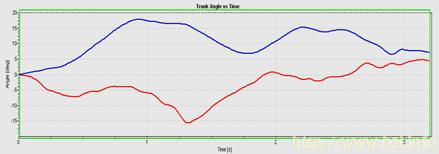
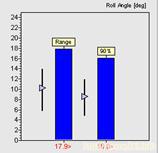 Walking 3m with head pitching 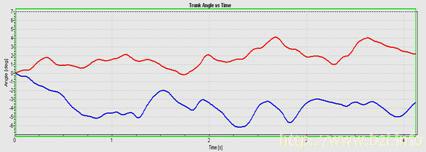
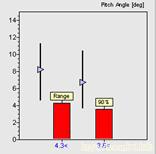
|
||
| Summary Data: | ||
The summary shows the typical pattern due to these patients stiffening themselves
up during gait. Any task which requires head movements to keep gaze fixated, for
example walking upstairs or over barriers, leads the excessive roll sway because
the trunk is moved instead of the head on the trunk. In contrast, for walking tasks
where gaze fixation is not required, the patient hardly moves the head and walks slowly
leading to less than normal trunk movement. Thus, rehabilitation should concentrate on
improving neck mobility.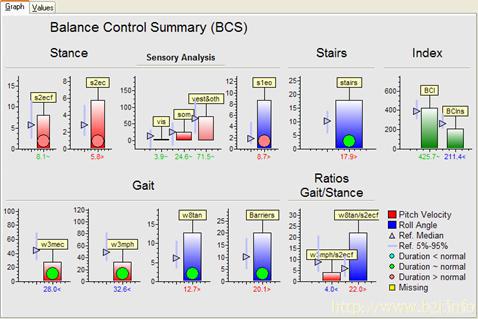
|
||
|
|
||
|
|
| [Installation] [Download] [Manual] [Reporting] [Publications] [Stance Tests] [Gait Tests] [BalanceFreedom] |
|
|
| ©
2004-2012 Balance International Innovations GmbH 15.11.2012 |